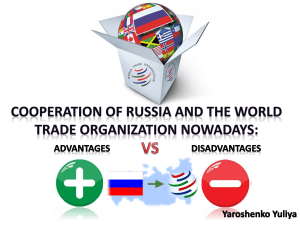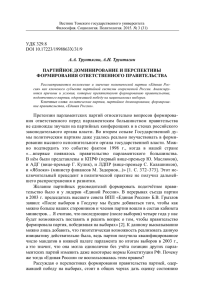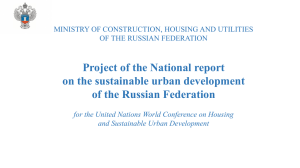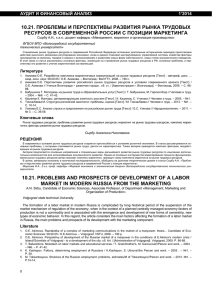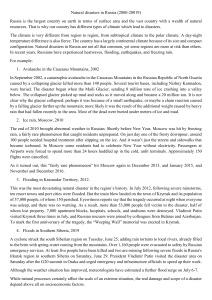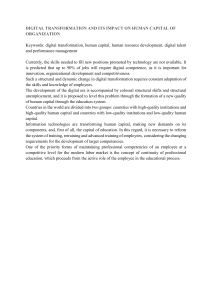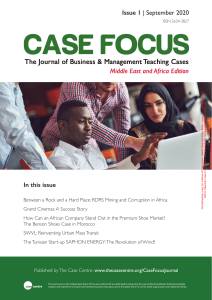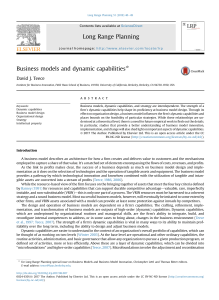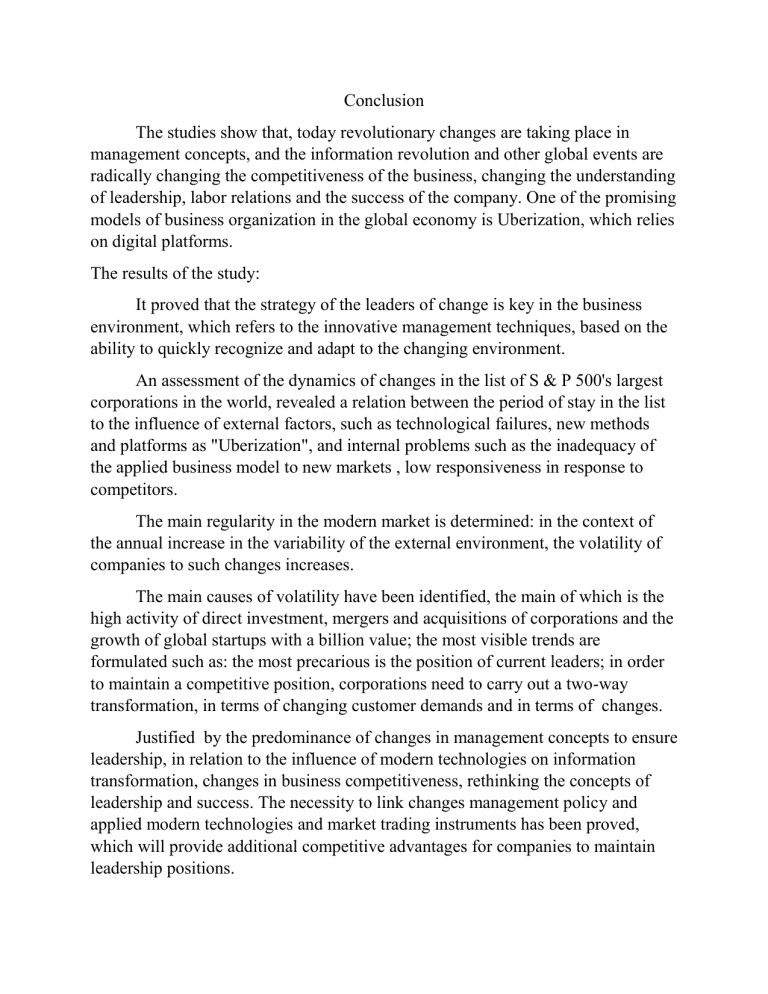
Conclusion The studies show that, today revolutionary changes are taking place in management concepts, and the information revolution and other global events are radically changing the competitiveness of the business, changing the understanding of leadership, labor relations and the success of the company. One of the promising models of business organization in the global economy is Uberization, which relies on digital platforms. The results of the study: It proved that the strategy of the leaders of change is key in the business environment, which refers to the innovative management techniques, based on the ability to quickly recognize and adapt to the changing environment. An assessment of the dynamics of changes in the list of S & P 500's largest corporations in the world, revealed a relation between the period of stay in the list to the influence of external factors, such as technological failures, new methods and platforms as "Uberization", and internal problems such as the inadequacy of the applied business model to new markets , low responsiveness in response to competitors. The main regularity in the modern market is determined: in the context of the annual increase in the variability of the external environment, the volatility of companies to such changes increases. The main causes of volatility have been identified, the main of which is the high activity of direct investment, mergers and acquisitions of corporations and the growth of global startups with a billion value; the most visible trends are formulated such as: the most precarious is the position of current leaders; in order to maintain a competitive position, corporations need to carry out a two-way transformation, in terms of changing customer demands and in terms of changes. Justified by the predominance of changes in management concepts to ensure leadership, in relation to the influence of modern technologies on information transformation, changes in business competitiveness, rethinking the concepts of leadership and success. The necessity to link changes management policy and applied modern technologies and market trading instruments has been proved, which will provide additional competitive advantages for companies to maintain leadership positions. The decisive result of the study is the systematization of key change management policy tools, including: policies aimed at creating the future; methods of searching and predicting changes; change implementation strategy; a policy of balancing change and stability. The analysis of the development of marketplaces as a digital platform based on the use of a large array of analytical data made it possible to assess the market capacity in Russia, to identify a tendency to increase the turnover of Russian companies, but in general, the lag of Russian online trade from the global pace in this area is on average 20- 40 times (for example, 3% of the online trading market share in Russia compared with China's market share of 80%). One of the conceptual directions in the study is to determine the conditions for the formation of a new managerial business model based on the spread of "disruptive" innovative technologies and the development of Uber platforms. The practical significance of the research results is to substantiate the main advantages of marketplaces for consumers and sellers, which are manifested in the accumulation of new technologies and stimulation of competition; the possibility of making money with almost no start-up capital; Improving communication and sales quality through a digital interaction history. Results of the study of the dynamics and factors of online-trading markets made it possible to generalize the trends in the distribution of marketplaces, as the main element of the uberization model of managing global companies, in the direction of developing new methods of sales, enlarging electronic platforms and increasing the diversity of goods and players. It is proved that the effectiveness of the uberization model based on the application of marketplace technology is mainly determined by the optimization of the economic value chain and the reduction of transaction costs.

